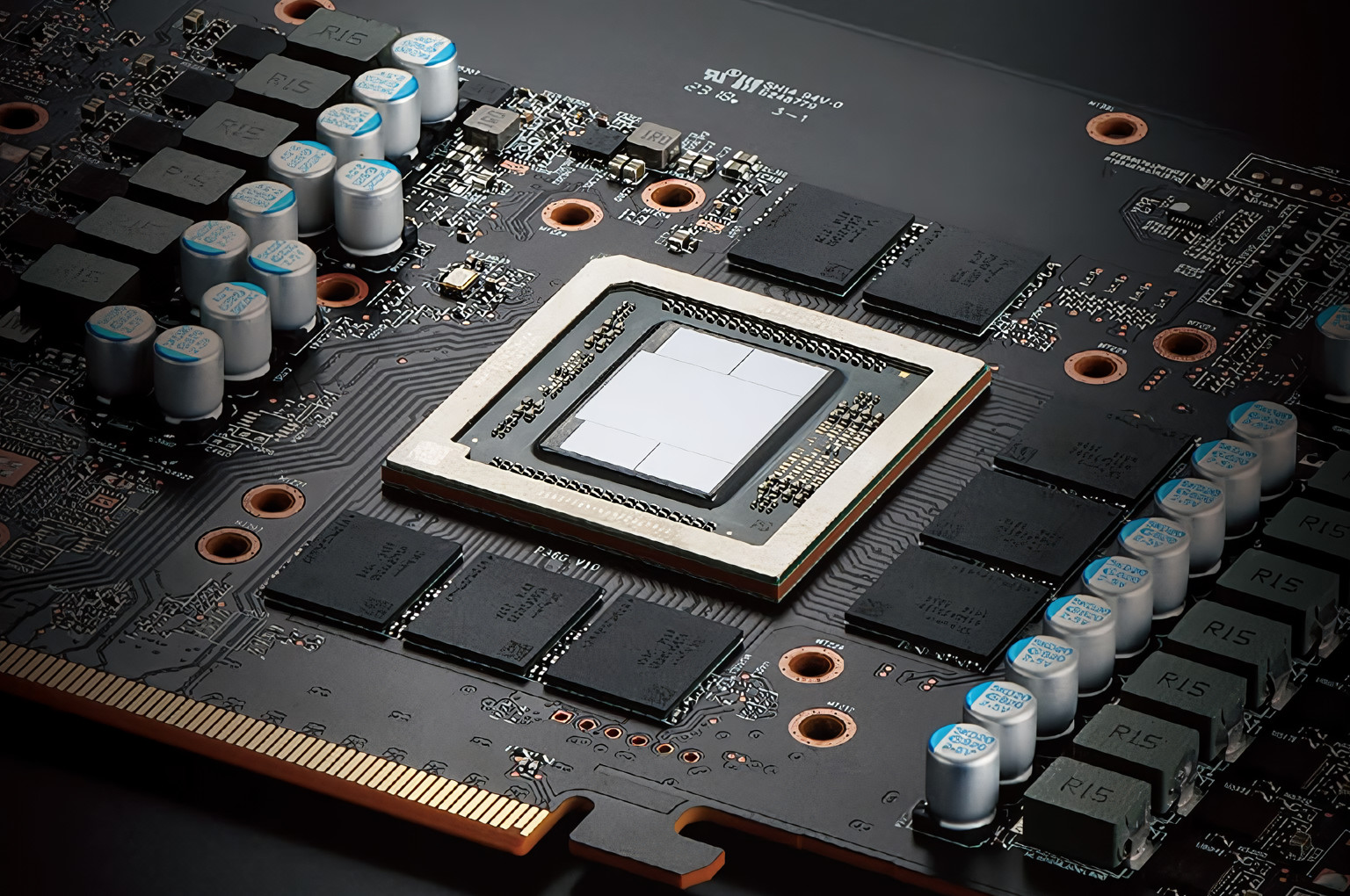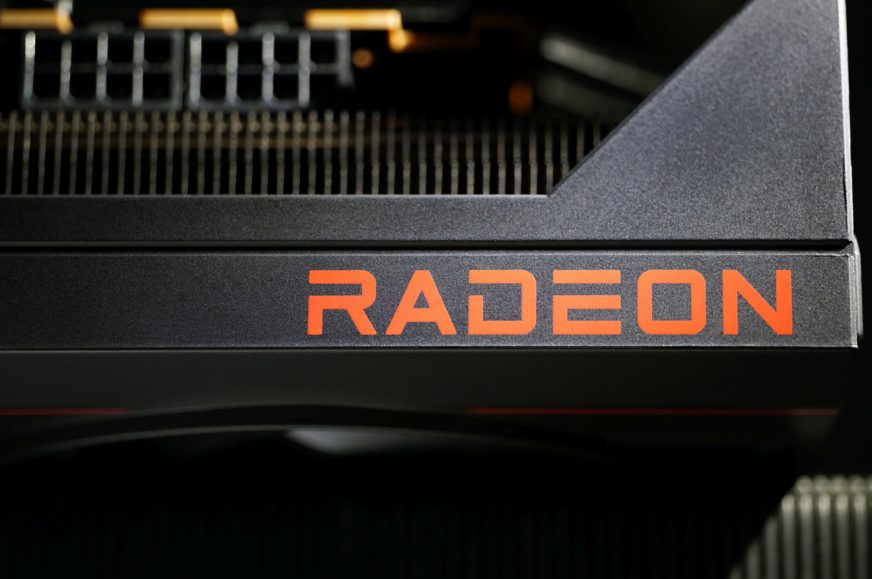Chinese source on future AMD GPU architectures
AMD hasn’t yet released the next-gen Radeon RX 8000 graphics cards, which will use the RDNA 4 architecture, so it’s probably a long time to the arrival of the following generation, which could be called RDNA 5 – but maybe also totally differently. Still, the first unofficial rumors have now surfaced about what RDNA 5 could mean in Radeon GPUs. This architecture could be a significant leap forward, unlike RDNA 3 and the upcoming RDNA 4.
RDNA 5 (and RDNA 4) is now discussed by one of the Chinese leakers, going by the nickname wjm47196. According to VideoCardz, they weren’t particularly active with leaks lately, but last time they brought information about the RX 6000 generation getting refreshed with the “50” models, which was then confirmed. As mentioned though, this is information about something that may still be a long way off, so this should all be taken with a grain of salt.
According to wjm47196, the expectations from the now upcoming GPUs with RDNA 4 architecture should be limited. RDNA 4 should be supposedly aimed mainly at fixing (or mitigating) the problems that showed up in the RDNA 3 architecture. RDNA 3 missed the performance targets it had set, according to them, because the clockspeed-voltage curve was worse than expected (i.e., higher voltage is needed to reach a certain clock speed and thus power consumption gets worse, which means that due to power consumption you can’t pull the clock speeds as high as would be desirable).
The chiplet design, which uses similar technologies to the Instinct compute GPU, may have contributed to this. RDNA 3 probably served as a bit of a test run for Instinct as well, but that proved harmful for the gaming GPUs. Some planned improvements such as stacked MCD chiplets increasing the Infinity Cache to 192 MB were not used i the end due to cost and power consumption issues.
RDNA 4: mainly better ray tracing?
RDNA 4 could perhaps be an improvement. Wjm47196 doesn’t say what exactly is “fixed” in it, it could be the removal of various elements needed for chiplet structure, allowing the GPU to be made more powerful and efficient. The question is whether this will significantly improve the mentioned clockspeed and voltage curve and thus power efficiency.
The performance could be at most somewhere around Radeon RX 7900 XT for the fastest RDNA 4 chips (AMD is only preparing smaller 128-bit and 256-bit Navi 44 and Navi 48 GPUs, not anything high-end). This performance estimate has come up before, so it’s possible that the leaker is mainly recapping here and it’s not like they have some specific new inside information that actually says this.

However, Wjm47196 also mentions another thing that has already appeared elsewhere about RDNA 4: These GPUs are said to have improved performance in ray tracing, which is a common point of criticism of RDNA 2 and RDNA 3. These would obviously be not a bug fix but an actual architectural change and improvement.
- Tip: Radeon RX 8000 said to be mainstream only, RDNA 4 with no high end
- Tip: RDNA 4 Radeon GPUs: specs and performance of both chips leaked
- Tip: Radeon RX 8000s do not have GDDR7 memory, nor the faster GDDR6
- Tip: Radeon RX 8000 said to have all-new ray tracing accelerators
RDNA 5: Graphical zen?
However, there is new information about RDNA 5 as well. While RDNA 4 is directly based on RDNA 3, the following architecture is said to have break the continuity and start from the grounds up. Supposedly it is a new design. This does not necessarily mean a start from absolute scratch, typically even a new design will use some elements and concepts from older architectures.
Which means such a brand new architecture could very well keep using SIMD32 units, WorkGroup Processors (WGP) or CUs as building blocks and Infinity Cache, so the GPU scheme could still resemble previous generations.
According to Wjm47196, RDNA 5 could be a bit reminiscent of the change in architectural direction that AMD took for CPU cores with Zen (but the jump in performance may not be of similar quality, of course). It is possible that the architecture will no longer be called RDNA, but something new instead.

On the other hand, this architectural work and analysis of what the next-gen GPU needs for an ideal result takes time. Therefore, according to Wjm47196, RDNA 5 is probably not expected to arrive until some longer period of time after RDNA 4. More information is probably only coming in late 2025 and in 2026.
This would imply that the cancellation of high-end RDNA 4 models is not something that was done because the successor to RDNA 5 was relatively close, bridging the gap soon (and coming out maybe a only year later, similarly to how it was between Polaris and Vega). It would imply there will rather be the classic two-year gap between Radeon RX 8000 / RDNA 4 and Radeon RX 9000 (RDNA 5). In that case, the arrival of these GPUs on the market is more likely to happen in late 2026 or 2027. Until that time, those cheap and mainstream Radeon RX 8000 cards will probably have to suffice.
Sources: VideoCardz, Chiphell
Jan Olšan, editor @ Cnews.cz
⠀⠀










